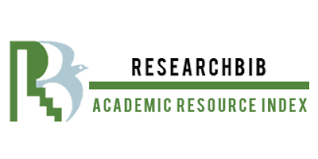TRANSLATION CHALLENGES AND THEIR SOLUTIONS: NAVIGATING LINGUISTIC AND CULTURAL BARRIERS
Keywords:
Lexical and Semantic Challenges , Language-Specific Words , Polysemy , Contextual Analysis , Grammatical and Syntactic Differences , Sentence Structure , Language Adaptation , Cultural Differences , Cultural ContextAbstract
Translation is a complex process that involves not only linguistic conversion but also cultural and contextual adaptation. This article explores key challenges in translation, including lexical, grammatical, and cultural difficulties, as well as the limitations of machine translation and the complexity of idiomatic expressions. Solutions such as contextual analysis, localization, and human oversight are discussed to ensure high-quality translation. The article highlights the importance of maintaining meaning, nuance, and accuracy in different types of texts, from literary works to technical documents.
References
1.Baker, M. 2011. In Other Words: A Coursebook on Translation. Routledge.
2.Newmark, P. 1988. A Textbook of Translation. Prentice Hall.
3.Venuti, L. 2008. The Translator's Invisibility: A History of Translation. Routledge.
4.Nida, E. A. 1964. Toward a Science of Translating. Brill Archive.
5.Munday, J. 2016. Introducing Translation Studies: Theories and Applications. Routledge.
6.Hatim, B., & Mason, I. 1997. The Translator as Communicator. Routledge.
7.Pym, A. 2010. Exploring Translation Theories. Routledge.
8.Jakobson, R. 1959. On Linguistic Aspects of Translation. Harvard University Press.
9.Chesterman, A. 2000. Memes of Translation. John Benjamins.
10.Snell-Hornby, M. 2006. The Turns of Translation Studies. John Benjamins.
11.House, J. 2015. Translation Quality Assessment: Past and Present. Routledge.







